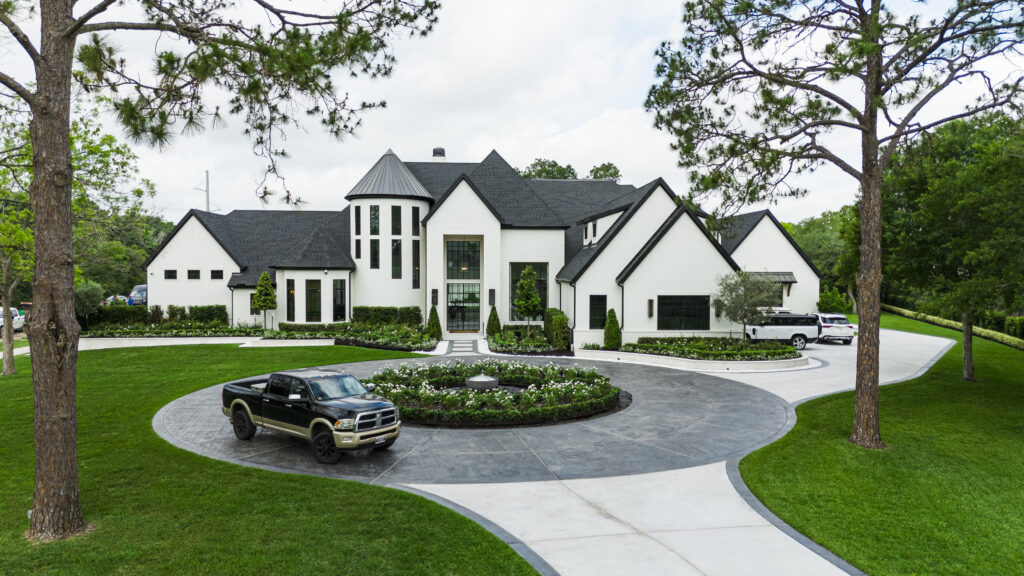Planting with Intent

When people think about building a home, the focus often turns to floor plans, finishes, and curb appeal. Yet what happens beyond the building’s footprint is just as important. The outdoor environment, when thoughtfully planned, becomes an essential part of the overall design, not merely a finishing touch, but a foundational element of the living experience.
Laying the Groundwork: The Importance of Early Planning
In residential construction, landscaping doesn’t begin with planting, it starts with planning.
Proper grading, drainage systems, and soil preparation are part of what professionals call “pre-foundation services.” These early steps support more than aesthetics, they protect the health and stability of the entire property. Poor drainage, for instance, can lead to erosion, mold, or even structural problems that are far more expensive to fix later on.
Creating Harmony Between Home and Landscape
One of the core principles of landscape design is harmony: the seamless blending of built structures with the natural environment. When patios, retaining walls, or outdoor kitchens are considered early and in coordination with the architectural team, they can be more effectively engineered and integrated. This helps prevent costly rework and allows for more fluid transitions between indoor and outdoor living areas.
Hardscapes, after all, aren’t just aesthetic. They shape movement, provide support on sloped sites, and define how space is used and experienced. Even a simple walkway becomes a design feature when planned with purpose.
Purposeful Planting and Environmental Considerations
Plant selection isn’t just about colors or blooms. A sustainable landscape considers site-specific factors like microclimates, soil conditions, and maintenance needs. Native and adaptive plants often require less water and upkeep while supporting local ecosystems.
Beyond beauty, plant choices can serve functional roles, creating privacy, establishing property lines, or drawing attention to key views. A well-informed planting plan balances visual appeal with longevity and environmental stewardship.
Designing for Evolution, Not Just Completion
Unlike the structure of a home, which is largely complete at move-in, landscapes are dynamic. Trees grow, gardens mature, and families change how they use outdoor space over time. A thoughtful landscape design acknowledges this evolution, building flexibility into the plan while preserving a long-term vision.
Those involved in both installation and ongoing care often gain valuable insights into how landscapes age and what they need to thrive in the years ahead. Planning with that future in mind helps ensure a space that remains functional and beautiful well into the future.
Landscaping should never be an afterthought. It’s a critical layer in the design and function of a home. With the right planning and expertise, outdoor spaces can support sustainability, enhance everyday living, and grow alongside the people who live there. When treated as an integral part of construction, the landscape becomes more than a backdrop, it becomes a vital part of the home itself.
